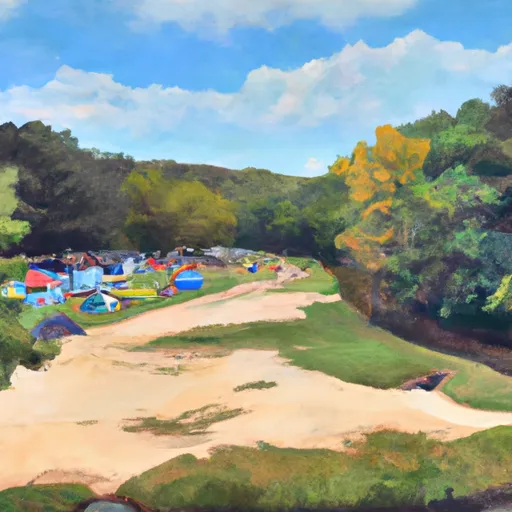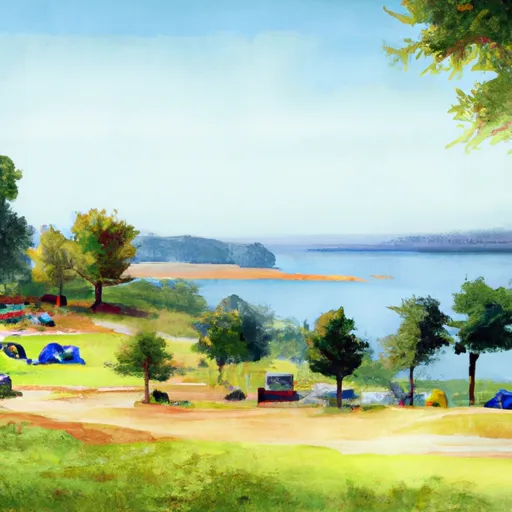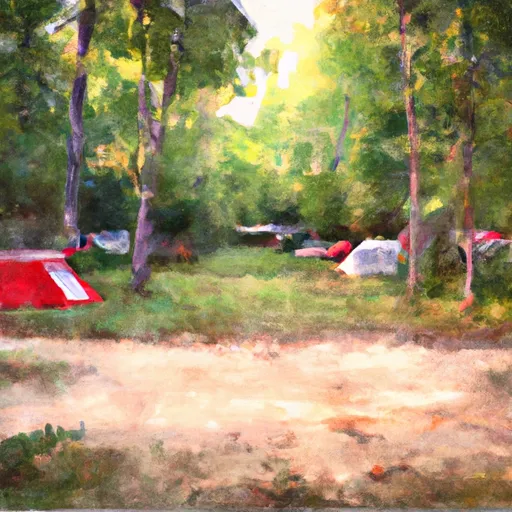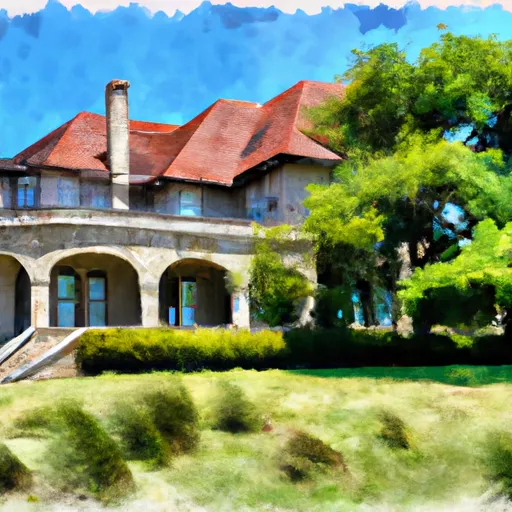Summary
The climate in Independence is characterized by hot summers and cold winters, with temperatures ranging from 20°F (-6°C) in the winter to around 90°F (32°C) in the summer. The area experiences moderate rainfall throughout the year, with the wettest months being May and June.
As for hydrology constituents, Independence is situated on the eastern banks of the Missouri River, providing access to water-based activities and stunning views. The river is an important source for outdoor enthusiasts, offering opportunities like boating, fishing, and kayaking. Additionally, there are several lakes and reservoirs in the region, including Blue Springs Lake and Lake Jacomo, which provide further water-based recreation options.
Outdoor recreation opportunities abound in Independence. The city boasts an extensive park system, with over 30 parks, offering amenities such as walking trails, picnic areas, and sports fields. The nearby Harry S. Truman National Historic Site provides visitors with the chance to explore the birthplace and home of the 33rd president of the United States. The area also features several golf courses, nature reserves, and camping grounds, ensuring there is something for everyone to enjoy in Independence's great outdoors.
Weather Forecast
Independence receives approximately 1070mm of rain per year, with humidity levels near 81% and air temperatures averaging around 13°C. Independence has a plant hardyness factor of 6, meaning plants and agriculture in this region thrive during a short period during spring and early summer. Most plants will die off during the colder winter months.
Area Campgrounds
| Location | Reservations | Toilets |
|---|---|---|
 Blue Springs County Campground
Blue Springs County Campground
|
||
 Lake Jacomo - Fleming Park
Lake Jacomo - Fleming Park
|
||
 Rotary Club Camp
Rotary Club Camp
|

 Dickinson Park
Dickinson Park
 Bingham Waggoner Estate
Bingham Waggoner Estate
 Bundschu Park
Bundschu Park
 Hink Park
Hink Park
 Harrison Memorial Park
Harrison Memorial Park